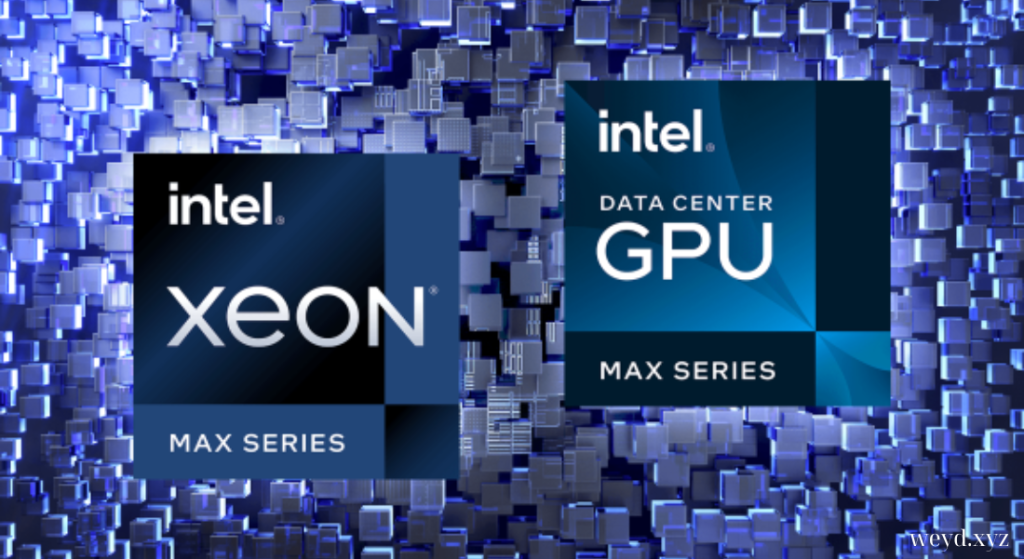In today’s technology-driven landscape, the demand for high-performance computing solutions has never been greater. As applications become more complex and data-intensive, the underlying hardware must keep pace to deliver optimal performance. Intel, a leader in semiconductor manufacturing, offers a range of chipset solutions designed to maximize computing capabilities across various platforms. This article will explore the advantages of integrating Intel chipset solutions into your computing systems, highlighting their features, applications, and best practices for implementation.
Key Highlights
- Overview of Intel Chipset Solutions: Understanding the range of chipsets offered by Intel and their specific functions.
- Key Features and Benefits: Exploring the essential features that make Intel chipsets integral to advanced computing.
- Applications Across Industries: How Intel chipsets are utilized in various sectors to enhance performance and efficiency.
- Best Practices for Integration: Tips for effectively implementing Intel chipsets in your computing systems.
- Evaluating Your Computing Needs: Techniques for selecting the right Intel chipset for your specific application.
1. Overview of Intel Chipset Solutions: A Comprehensive Look
Intel provides a diverse portfolio of chipsets that cater to various computing requirements. These chipsets act as the communication hub between the processor and other components, ensuring smooth data transfer and optimal performance. Key offerings include:
- Desktop Chipsets: Designed for personal computers, Intel’s desktop chipsets, such as the Intel Z-series and H-series, provide advanced features for gaming, content creation, and general productivity.
- Mobile Chipsets: Intel’s mobile chipsets are optimized for laptops and portable devices, balancing performance and power efficiency to extend battery life while delivering high-speed connectivity.
- Server Chipsets: Intel’s server chipsets, including the Intel Xeon line, are designed for data centers and enterprise solutions, providing robust performance, reliability, and support for virtualization and advanced security features.
- IoT and Embedded Chipsets: These solutions are tailored for Internet of Things (IoT) applications, offering low power consumption and compact designs suitable for a variety of embedded systems.
2. Key Features and Benefits: Powering Advanced Computing
Integrating Intel chipset solutions into your computing systems offers numerous advantages that significantly enhance performance:
- Enhanced Performance: Intel chipsets support high-speed data transfer and advanced processing capabilities, allowing for improved multitasking and responsiveness in demanding applications.
- Scalability: Intel’s chipset solutions are designed to scale with your needs. Whether you are upgrading an existing system or building a new one, Intel chipsets can accommodate future performance enhancements.
- Robust Connectivity Options: With integrated support for various communication protocols, including USB 3.2, Thunderbolt, and PCIe 4.0, Intel chipsets ensure fast and reliable connectivity between devices.
- Optimized Power Management: Intel’s chipsets feature advanced power management technologies that enhance energy efficiency, reducing overall power consumption and heat generation, which is crucial for both mobile and desktop applications.

3. Applications Across Industries: Versatile Usage
Intel chipsets are utilized across multiple industries, demonstrating their versatility and effectiveness:
- Gaming: High-performance gaming systems rely on Intel chipsets to deliver smooth graphics, fast load times, and responsive gameplay. Features such as support for multiple GPUs and high-speed memory interfaces are essential for an immersive gaming experience.
- Content Creation: In creative fields, Intel chipsets power workstations that handle demanding tasks like video editing, 3D rendering, and graphic design. The advanced processing capabilities ensure that creators can work efficiently without lag.
- Data Centers: Intel server chipsets provide the backbone for modern data centers, supporting virtualization, cloud computing, and high-performance computing (HPC). They offer features like advanced security and reliability, essential for enterprise operations.
- Internet of Things (IoT): In IoT applications, Intel’s chipsets enable smart devices to collect and process data efficiently. Their low power consumption and compact design make them ideal for deploying in a wide range of environments.
4. Best Practices for Integration: Ensuring Successful Adoption
To effectively integrate Intel chipset solutions into your computing systems, consider the following best practices:
- Define Your Requirements: Clearly outline your performance, connectivity, and power requirements before selecting a chipset. This understanding will guide your choice and ensure compatibility with your existing components.
- Choose the Right Chipset: Select an Intel chipset that meets your project specifications. Consider factors such as the intended application, the type of processor it will support, and the desired features.
- Leverage Intel’s Development Tools: Utilize Intel’s extensive range of development tools and resources, including Intel System Studio and Intel Performance Libraries, to optimize performance and streamline your design process.
- Conduct Rigorous Testing: Implement thorough testing procedures to ensure the chipset performs as expected under various conditions. Validate your system’s design against real-world scenarios to confirm reliability and efficiency.
5. Evaluating Your Computing Needs: Selecting the Right Chipset
When choosing an Intel chipset for your project, it’s essential to evaluate your specific requirements:
- Performance Requirements: Assess the processing power and performance capabilities needed for your application. For high-performance computing tasks, consider chipsets that support the latest generation of Intel processors.
- Power Consumption: Evaluate the power consumption needs of your application, especially for portable devices. Opt for chipsets that provide energy-efficient operation without sacrificing performance.
- Connectivity Needs: Identify the necessary connectivity options for your system. Ensure that the selected chipset supports the interfaces and protocols required for your devices.
- Budget Considerations: Take into account your budget constraints while considering the long-term benefits and total cost of ownership. Higher-quality chipsets may offer better performance and longevity, justifying their initial investment.
Conclusion
Integrating Intel chipset solutions into your computing systems can dramatically enhance performance, efficiency, and scalability. With a wide array of products tailored to meet various industry needs and robust features that ensure reliability, Intel chipsets empower developers to create advanced computing solutions. By leveraging Intel’s technology, you can optimize your designs and stay ahead in a competitive market.
FAQ
- What types of chipsets does Intel offer?
Intel provides various chipsets, including those for desktop, mobile, server, and IoT applications, each designed for specific requirements. - How can Intel chipsets improve my computing system?
Intel chipsets enhance performance, scalability, and connectivity while optimizing power management for greater efficiency. - Are Intel chipsets suitable for gaming applications?
Yes, Intel chipsets are designed to support high-performance gaming systems, offering advanced features necessary for an immersive experience. - Where can I find support for integrating Intel chipsets?
Intel offers extensive technical support, including development tools, documentation, and resources to assist with integration. - How do I select the right Intel chipset for my project?
Consider your project’s specific requirements, including performance, power consumption, connectivity, and budget, and consult Intel’s resources for guidance.


